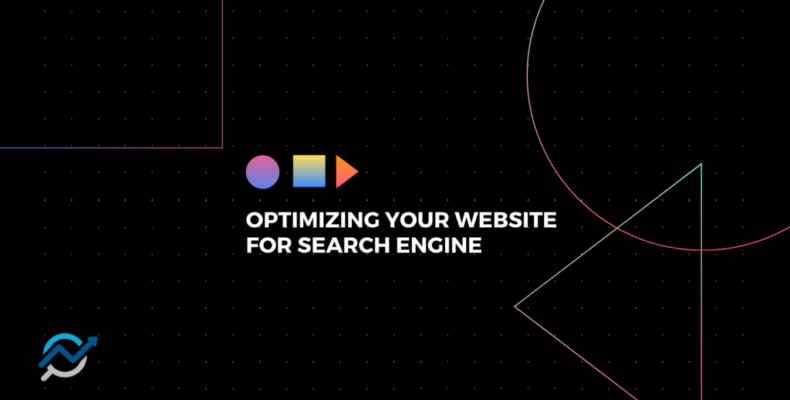SEO means optimizing your website pages and content to match what users are looking for in your niche. Optimizing your website for search engines gives you more traffic, higher clickthrough rates, and more chances to convert a customer. These three practices will go a long way in getting you an optimized site.
Submit your XML Sitemap:
A sitemap is a code document that lives on your server and records every important URL on your site. It helps web crawlers understand your website structure and helps them find every web page that ever existed on it. Your website structure plays a large role in SEO. A page’s SEO is affected by the distance from the homepage. Luckily most content management systems like WordPress automatically create one for you that you can submit to Google. If you are not using a CMS, you can use a free tool like XML-Sitemaps to create your sitemap. Proceed to submit it to Google Search Console if it is a new website so search engines can crawl and index your website. You can always update your sitemap, especially after a redesign.
Include Meta Descriptions:
A meta description gives a summary of the webpage content to search engine users and crawlers. It is the short paragraph you see right after the blue headline on a result page. Writing a meta description with relevant keywords encourages users to click through, giving you points for relevancy.

The meta description summarizes what you are about to read on that web page when you click the link. It can help crawlers decide which webpage is more relevant to the user’s search. The best meta description has about 160 characters of engaging content, with about two relevant keywords. If you are using WordPress, Yoast SEO is your tool for writing a good meta description.
Practice On-page SEO Dutifully:
Your page content falls into this category. On-page SEO is including relevant keywords in your headlines, subheadings, URLs, and meta tags. Find long-tail keywords relating to your business, and think of questions on the user’s mind when searching for those keywords. Utilize tools like SEMrush or KeywordTool.io to find relevant keywords. You can also use Answer the Public to know the most asked questions with those keywords. For good on-page SEO, include your main keyword in the headline, introduction, and URL slug. Spread your keywords in the body of the content, but not too much. Choking your content with keywords is SEO stuffing, and it can damage your ranking. Several SEO tools help you keep a check of the keyword percentage in your content. You will probably find an article with lists of them on the internet. Search engines are now better at understanding a user’s search request and delivering the right result, so on-page SEO is definite for visibility.
Your sitemap will help search engines understand your content and get it served to the people you are trying to reach. A good meta description aligns your content to match with related search queries and improves the clickthrough rate. While these three are best practices for optimizing your website, there is a whole lot more to search engine optimization. If your website is new, it’s best to hire professional SEO services for better optimization.

